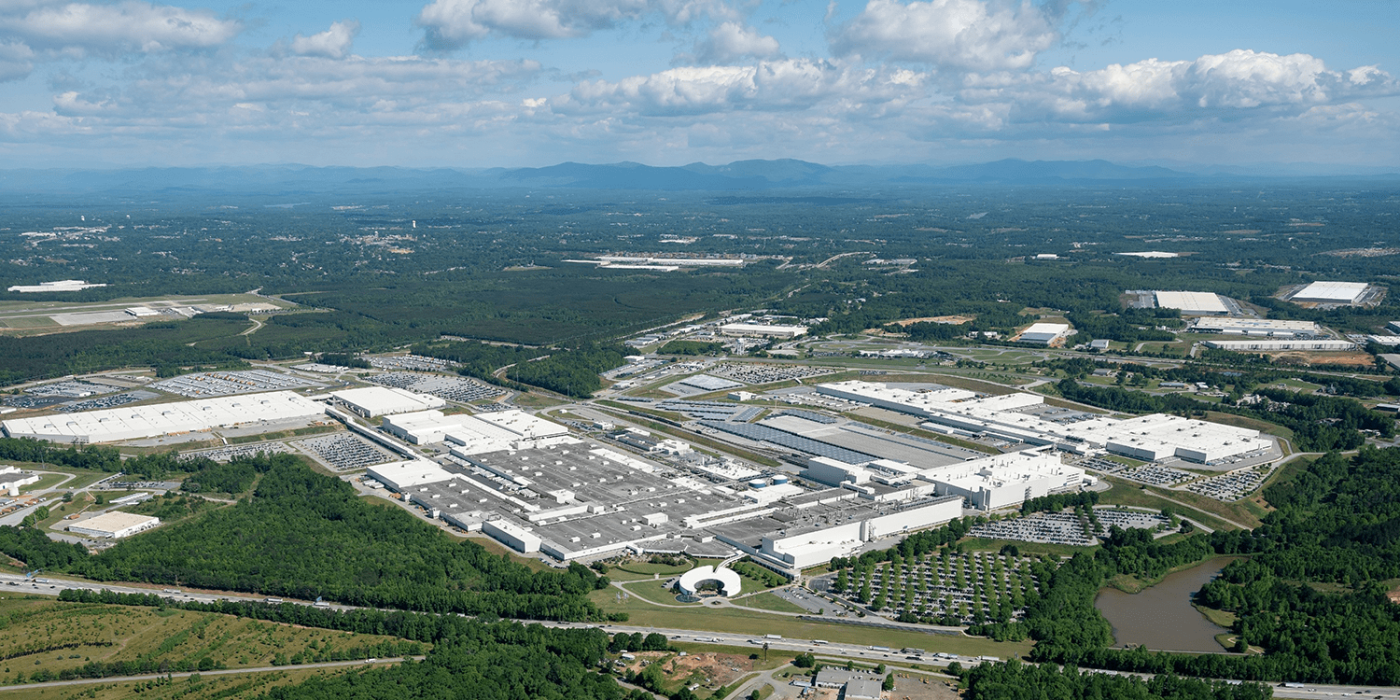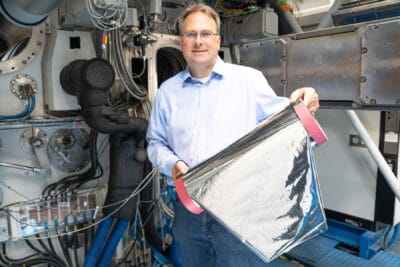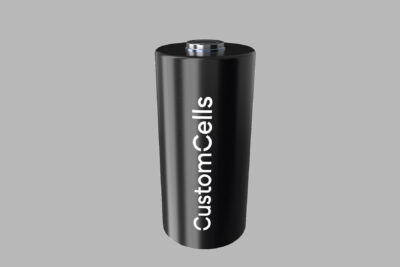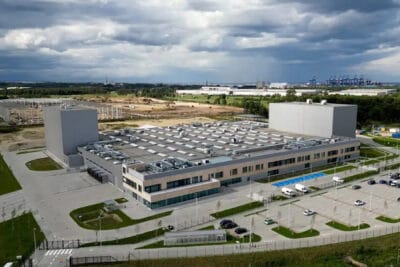BMW to source cylindrical cells from AESC in the USA
BMW is pumping 1.7 billion US dollars into the production of electric cars in the USA. The investment is to flow into the conversion of the plant in Spartanburg and the construction of a battery assembly centre. The cell supplier will be Envision AESC, who is building a cell factory in South Carolina.
First, to the battery cell strategy: BMW recently confirmed the planned use of new battery cells in the cylindrical format in the electric models of the ‘New Class’ from 2025. The cells are to be produced by three partners in a total of six factories. A fortnight ago, BMW already named CATL and Eve Energy as partners. Now it is clear that the third partner will be Envision AESC – a cell specialist that is also in demand from Renault and Nissan, among others.
Through the partnerships, BMW wants to buy the battery cells where the production also takes place (“local for local”). In the USA, the strings are to come together in South Carolina. According to the latest information from the Munich-based company, the vehicle plant there in Spartanburg is being prepared for the production of electric cars with one billion dollars. The German manufacturer is spending another 700 million dollars to build a new battery assembly centre in the nearby town of Woodruff. BMW then wants to produce “at least six” fully electric BMW X models in the USA by 2030.
According to the company, it has found a partner in Envision AESC “who will build a new battery cell factory in South Carolina to supply the Spartanburg plant”. Whether the supply cooperation is exclusive or Envision AESC will also supply other OEMs from the planned factory is not clear from the accompanying memo. BMW only specifies that the plant will have an annual production capacity of up to 30 GWh and will produce newly developed cylindrical cells for the ‘New Class’ electric models from 2025.
The cylindrical cells will have a uniform diameter of 46 millimetres and two different heights (format: 46XX). According to BMW, the module level will be omitted during installation: the cylindrical cells will be “flexibly integrated into the installation space in a space-saving manner”. The storage system takes on a supporting role in the body structure. In technical jargon, this battery concept is called “pack-to-open-body”.
The vehicles of the New Class will use an 800-volt system with up to 350 kW charging power in addition to this battery concept. In this way, a significantly increased charging performance can be achieved with direct current charging at a current strength of up to 500 amperes, as BMW recently specified. “The time required for charging from ten to 80 per cent is reduced by up to 30 per cent.”
In terms of cell procurement, BMW recently confirmed contracts with CATL and Eve Energy. Both have been awarded contracts worth tens of billions of euros to build four 20 GWh battery cell factories – two each in China and Europe. There are no official details on the locations, but there are several hints. For example, Reuters wrote in mid-August, citing company documents, that Eve Energy was planning a large cylindrical cell factory in central China. In April, Eve Energy announced that it would build a 50 GWh factory in Chengdu, but did not specify the cell format.
In the future, Eve Energy could also supply the BMW plant under construction in Debrecen, Hungary. At the end of March, there were reports that Eve Energy was also planning to build its first European battery cell factory in Debrecen. According to the announcement at the time, Eve Energy had signed a non-binding letter of intent with the municipality to acquire 45 hectares in an industrial area to build a plant for the production of cylindrical cells.
A fortnight ago, BMW announced that it would also build two battery cell factories in the USMCA region through a third partner. The Envision AESC factory now announced for South Carolina is thus only the first of two planned US production facilities. The statement that 30 GWh are planned there is somewhat surprising, as the Munich-based company had previously spoken of a total of six factories with 20 GWh each.
Either way, the cells are likely to reach Spartanburg via the newly planned assembly centre in Woodruff. This will cover about 9.3 hectares in the initial phase. According to the company, the vehicle plant itself currently has an annual production capacity of up to 450,000 vehicles. It is home to eleven models, including the plug-in hybrids X3 xDrive30e and X5 xDrive45e. Soon, also the new plug-in hybrid BMW XM. By 2021, the US plant will have produced nearly 70,000 electrified BMW X models, BMW estimates.





0 Comments